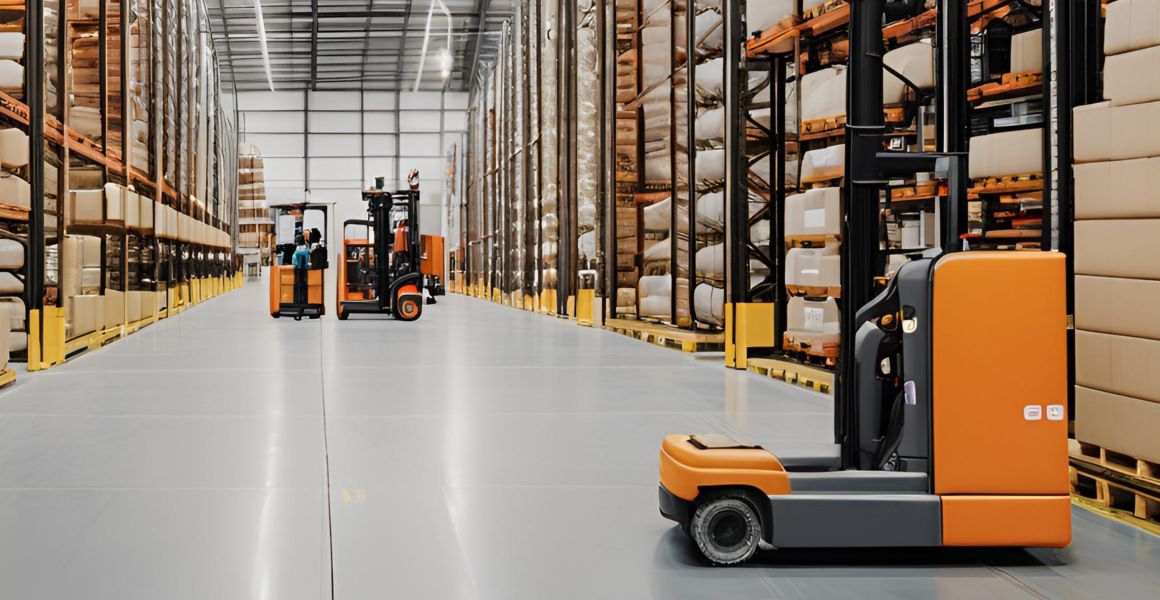How to Prepare Your Warehouse for Growth: From Chaos to Efficiency

Once upon a time, there was a small warehouse that had been operating without major challenges for years. The team knew every aisle, every pallet, and every product. The workflow, though manual and somewhat improvised, was enough to keep operations under control. But then growth happened. Order volumes doubled, product diversity increased, and suddenly, that once-efficient space turned into a maze of delays, errors, and stress.
If this scenario sounds familiar, know that you are not alone. Many warehouses face this dilemma when reaching a turning point in their growth. But the good news is that there are ways to prepare your warehouse for expansion without losing control or quality. Shall we begin?
1. Understanding the Reality Before Growing
The first step is to understand exactly how your warehouse operates today. Before thinking about expansion, conduct a realistic diagnosis:
- What are the most time-consuming processes?
- Where do the most errors occur?
- Is space being used efficiently?
- Is the order cycle time acceptable?
Using performance indicators (KPIs) such as picking accuracy rate, productivity per employee, and stock turnover is essential to identify inefficiencies.
2. Organization: The Foundation for Sustainable Growth
Imagine preparing for unexpected visitors at your home. What do you do first? Most likely, you organize the space. The same applies to the warehouse. If growth is inevitable, organization and efficiency become critical:
- Rearrange stock layout based on product turnover frequency.
- Optimize picking routes to reduce unnecessary movement.
- Invest in effective labeling and signage to minimize errors.
- Implement defined areas for receiving, storage, and shipping.
3. Technology: Your Best Ally for Expansion
Digitalization is not a luxury; it is a necessity. With growth, manually controlling processes becomes a risk. A warehouse management system (WMS) can be a game-changer, bringing:
- Automation of picking and packing, reducing time and errors.
- Real-time stock visibility, preventing shortages or overstocking.
- Integration with ERPs and marketplaces, ensuring supply chain efficiency.
- Smart route management within the warehouse, minimizing time wastage.
If you are not ready for a full WMS, start with time-tracking and productivity measurement tools. Small steps can bring significant improvements.
4. Training the Team for the Future
The success of any logistics operation does not depend solely on technology and structure. It depends on people. With growth, there is a need to train teams for new realities:
- Train employees for more agile and digital processes.
- Define clear KPIs and involve them in continuous improvement.
- Foster a culture of adaptation and constant improvement.
After all, no one knows the warehouse better than those who work there every day.
5. Long-Term Planning
The most common mistake in growth is acting reactively. To avoid this, plan for the long term:
- Map out future scenarios and assess the impact of a 20%, 50%, or 100% growth.
- Define warehouse expansion strategies, such as increasing vertical storage or changing the layout.
- Regularly review storage capacity and logistics flow.
By preparing in advance, you avoid emergency solutions that are often costlier and less efficient.
6. Conclusion: From Challenge to Opportunity
Warehouse growth can be an intimidating challenge, but it is also a great opportunity. When well-planned, it does not mean chaos but evolution. Companies that invest in organization, technology, and training reap the benefits of a more agile, efficient operation prepared for any future challenge.
So before your warehouse turns into an uncontrollable maze, ask yourself: Are you ready to grow?
